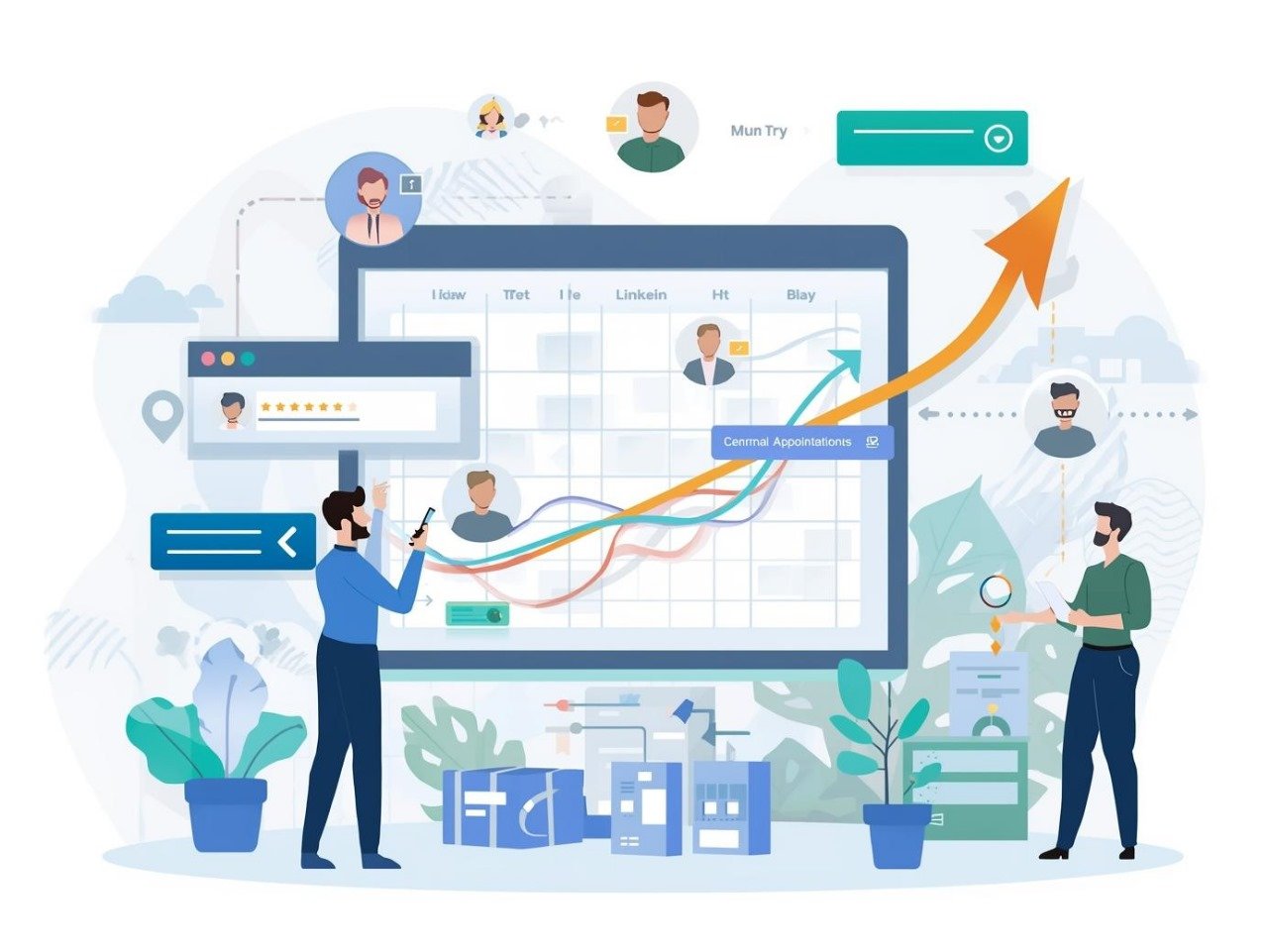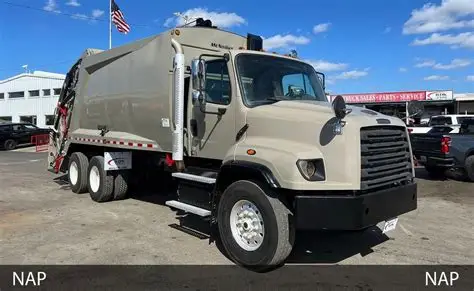For most Managed Service Providers (MSPs), sales cycles don’t fall apart at the lead gen stage; they collapse at the handoff between interest and appointment. Your reps might have a list of leads, but getting those leads to commit to a meeting is where the actual friction lies.
That’s where focused MSP Appointment Setting Services come in. It’s not just about outreach volume anymore. Your success hinges on the precision of your campaigns, the intent signals you pick up, and the personalization you build into each touchpoint.
This blog unpacks five appointment-setting strategies that are tailored for the MSP sales motion, each one designed to give founders, SDR leaders, and revenue heads a clear edge.
Use Persona-Specific Campaign Messaging
Not every buyer is sold on the same pitch. A CIO won’t respond to the same message as a Finance Director. Yet most appointment-setting cadences still sound like they’re written for everyone and no one.
Break Messaging by Persona
Build campaigns for:
- IT Managers: Focus on operational gaps, downtime risks, and system alerts they deal with daily.
- CIOs: Highlight integration with long-term IT strategy or digital transformation goals.
- CFOs: Emphasize ROI, cost predictability, and consolidation of vendor contracts.
Your message should sound like it came from someone who understands their specific daily headaches.
Match Message Tone to Buyer Journey
A first touch to a cold lead doesn’t need to mention your pricing. A middle-funnel message to someone who downloaded a whitepaper should move toward ROI-focused conversation starters.
| Buyer Stage | Email Focus | CTA Type |
| Awareness | Address pain points | Read more / Watch video |
| Consideration | Solution comparisons | Book a consult |
| Decision | Value-proof, urgency-based offers | Schedule a call |
Pain-Point-Driven Triggers Work Better
Your message won’t land unless it hits a raw nerve. That’s why pain-point-driven triggers work best. The moment you refer to something they’re actively struggling with, you cut through the noise.
Examples that get replies:
- “Still dealing with that recurring outage issue?”
- “Most MSPs we work with had vendor sprawl before consolidating.”
The mistake? Guessing pain points and hoping one sticks. This kills reply rates. Don’t assume; use CRM notes, past calls, and behavioral cues to guide your outreach.
Build ICP-Based Script Variants
One-size-fits-all doesn’t work in outbound anymore. Every ICP deserves its own flavor of outreach. Build modular campaign variants with precision:
- Cold Call Opener: Tailor tone and value prop based on persona pain
- Email CTA Line: Match their buyer stage and use case
- LinkedIn DM Intro: Make it job-role specific with a timely trigger
Even subtle changes like switching “cut downtime” to “ease compliance” can double your conversions.
Layer Industry Context into Subject Lines
Your subject line is the most personalized space in outbound. If it looks generic, it gets trashed. Start with a line that shows you get their world:
- “HIPAA violations tied to unmanaged endpoints?” (Healthcare CIOs)
- “99.9% uptime promises aren’t enough for fintech anymore” (Financial IT Leads)
The more niche your line, the more they’ll read. Industry nuance builds instant trust.
Activate Intent-Driven Lead Lists
Knowing who to target isn’t enough; you need to know when they’re ready. Intent data turns guesswork into timing.
Start with Live Buyer Signals
Use tools to detect:
- Visitors checking your pricing or service pages
- Companies updating tech stacks or switching vendors
- New job postings for IT roles indicating budget or restructuring
Static lead lists give you names. Live signals tell you when to move.
Segment Leads by Buying Stage
Organize your CRM like a pipeline, not a Rolodex:
- Early Stage: Webinar signups, blog readers
- Mid Stage: Pricing downloads, product comparison page hits
- Late Stage: Multiple high-intent actions within 7–10 days
Your outreach and call-to-action should differ based on these stages.
Prioritize Timing Over Volume
Outbound isn’t about volume anymore. A lead that hits your pricing page at 2 PM should get a call by 4 PM. Wait longer, and you lose momentum. Automate alerts to SDRs when these hot actions are triggered.
Route Warm Leads Directly to SDR Calendars
If a lead shows bottom-funnel intent:
- Visited your consult page
- Downloaded multiple buying-stage assets
- Clicked “Talk to Sales” but didn’t book
Skip discovery. Let them book straight into the SDR calendar. Use smart routing and bookable links.
Blend Inbound Conversion and Outbound Scheduling
Inbound isn’t complete when someone fills a form; it’s complete when a call gets booked. Use every inbound touchpoint as an appointment trigger.
Follow Up on Every Conversion Event
Don’t stop at thank-you emails. Instead:
- Personalize follow-ups based on the asset they downloaded
- Embed a calendar link in every email
- Use LinkedIn DMs if emails go unanswered
You paid to get them here, don’t let them bounce.
Embed CTAs into Every Asset
Every content asset should push the lead forward:
- Add Calendly to thank-you pages
- Insert “Book Strategy Call” CTAs into PDF footers
- Use redirect pages to drive demo bookings
Remove friction. No extra forms. No back-and-forth emails.
Map Conversion Events to Campaign Cadences
Tie outbound sequences to specific actions:
- Downloaded a ransomware checklist → Run a security-focused outbound
- Read a cloud migration ebook → Push Azure/GCP support content
- Attended webinar on compliance → Offer IT audit assistance
Let the asset dictate your script.
SDRs Follow Up Within 6 Hours
Speed + relevance wins. Call them within 6 hours of any high-intent conversion. Reference the asset:
- “I saw you downloaded our security checklist. Did anything stand out?”
- “Are you considering vendor consolidation?”
Strike when the problem is still on their mind.
Personalize Sequences Around Micro-Use Cases
MSP buying doesn’t start with a broad need. It starts with a narrow pain.
Start With Micro-Use Case Hooks
Hook examples:
- “Just saw you rolled out Azure—are post-migration issues slowing you down?”
- “Noticed your IT team is growing. Is your current ticket system keeping up?”
Context turns cold outreach into a warm conversation.
Sequence Themes Based on Product-Led Needs
Each campaign theme should solve a direct issue:
- Backup Pain: Emphasize restore speed, compliance risks
- Patch Failures: Link to breach history, downtime impact
- Vendor Chaos: Show how you reduce tech clutter and billing headaches
Personalization isn’t just using their name, it’s aligning to their tech problem.
Identify Buying Triggers from CRM or SDR Notes
Your CRM holds gold:
- Budget talks 6 months ago? Nudge again.
- Said “not now” in January? Maybe now is the time.
- New compliance mandate? They’ll need help.
Contextual follow-up beats any new cold list.
Use Calendly or Chili Piper Smart Rules
Don’t force every lead down the same booking path. Adjust based on:
- Deal Size: VIPs = instant senior SDR access
- Territory: Auto-route to the right rep
- Urgency: Hot intent = same-day slot open
Let your tools make scheduling smarter.
Track Conversion at the Scheduling Layer, Not Just Lead Layer
A reply is not a conversion. A booked call is.
Appointments Are the Real Milestone
Move your tracking closer to revenue:
- SQL = Calendar booked + Meeting attended
- Not just replies, opens, or MQL scores
Everything else is noise until a rep and buyer are talking live.
Measure Drop-Off Points
Watch where interest dies:
- The email was opened, but the CTA was not clicked
- CTA clicked, but no calendar slot was picked
- Meeting booked, but didn’t show up
Each drop needs a fix. It’s a data problem, not a lead problem.
Run Weekly Review of Scheduling Drop-Off
Diagnose:
- Are certain time slots killing attendance?
- Are some reps struggling with booked-to-held ratios?
- Are high-open campaigns not converting?
Get ahead of scheduling friction with weekly check-ins.
A/B Test Calendars
Tiny calendar changes = big pipeline lifts:
- Test round-robin vs named SDR
- Try instant-book vs lead-form first
- Offer flexible slot options vs fixed times
Optimize scheduling like you do email.
Conclusion
Appointment setting for MSPs is no longer about sheer volume; it’s about precision timing. Success hinges on aligning your message with an active pain point, striking when intent signals are warm, using tools that remove booking friction, and having SDRs respond with speed and relevance.
These five strategies aren’t just best practices; they’re the new default playbook for turning interest into booked meetings and booked meetings into revenue.
Read More: How to Budget for CRM Migration Without Surprises




